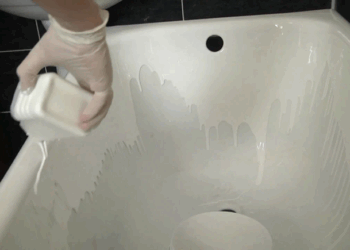The history of application is not the body of various magical and ritual drawings goes into a very distant past, when these images had sacred meaning and were not applied to the body just like that. The tattoo itself is not just a beautiful drawing that its owner demonstrates. She contains certain information about a person wearing her, even if he himself does not realize.
The main purpose of tattoos is the identification of a person in the clan, genus or group. Previously, applying drawings to the body was an obligatory part of the rites, mainly related to transition periods in human life — for example, a transition from a teenage to adult status. According to the researchers, today’s hobby for a tattoo is the replenishment of a person’s need to preserve symbolic memory (for example, about parents or loved ones) and a kind of replacement of ancient rituals, which helps to change after any traumatic events or move to another stage in personal development.
The term “tattoo” itself appeared only in 1773 — this word was used by James Cook when he wrote a report on his journey to the islands of Polynesia. Translated from one of the Thaitansky dialects, this means «drawing». Before that, their own names, characteristic of each of the European languages, were used in everyday life.
Their types of tattoos were in all countries of the world. Maori’s traditions are most famous, which still use primitive tools, creating surprisingly harmonious drawings, as well as Japanese art of tattoos, which was once the privilege of the emperors, and then turned out to be a distinctive feature of the criminal clans of Yakuza. Now the tattoo for the most part is an integral part of the criminal culture — for example, in Russia, where the Slavic art of the body of the body is completely lost, the so -called tattoos are mandatory for those who were in prison.
Apparently, therefore, in the past 50 years, enthusiasm for tattoos has appeared among ordinary people who are not related to the criminal world — for them it is a symbol of freedom and rebellion against the system. Therefore, in his youth, many inflicted tattoos, trying only to stand out from the crowd, which they later regretted. Now any tattoo studio can apply any drawing to the skin on the choice of a client. Needles and ink have gone the past — now modern cars and hypoallergenic dyes have at the disposal of the masters.
Men prefer symbols of power — predatory animals, like tigers and lions, fighting dogs, eagles, and women prick various flowers, natural images, Celtic ornaments. For example, a butterfly tattoo is a symbol of the revival and transition to a new state. Various crosses and religious symbols are popular among people of both sexes — apparently, in this way, a person expresses the need for unity with the Creator. Images on closed parts of the body symbolize the sexuality of their owner.












